The gemstone industry has long grappled with the challenge of identifying treated turquoise, particularly when it comes to detecting polymer-impregnated specimens. Turquoise, a prized mineral known for its vibrant blue-green hues, often undergoes stabilization processes to enhance its durability and color. Among these treatments, polymer impregnation, commonly referred to as "resin filling" or "glue filling," has become increasingly prevalent. As consumer demand for transparency grows, advanced detection techniques have emerged to distinguish natural from treated turquoise.
Turquoise is a porous material, which makes it susceptible to discoloration and structural weakness over time. To address this, many suppliers treat lower-quality stones with polymers or resins to improve their stability and appearance. While this practice is not inherently fraudulent, the lack of disclosure can mislead buyers who value untreated gemstones. The ethical implications of undisclosed treatments have spurred the development of sophisticated testing methods to identify polymer-impregnated turquoise accurately.
Traditional detection methods often relied on visual inspection under magnification or basic chemical tests. However, these approaches have limitations, especially when dealing with high-quality treatments that leave minimal visible traces. Modern gemology has turned to more advanced technologies, such as Fourier-transform infrared spectroscopy (FTIR) and Raman spectroscopy, to detect the presence of polymers at a molecular level. These techniques analyze the unique vibrational frequencies of chemical bonds, allowing gemologists to identify foreign substances within the stone's matrix.
FTIR spectroscopy has proven particularly effective in turquoise analysis. When infrared light interacts with a treated specimen, the resulting spectrum reveals absorption bands characteristic of specific polymers. For instance, epoxy resins often exhibit distinct peaks that differ from the natural absorption patterns of untreated turquoise. This method not only confirms the presence of treatment but can also help identify the type of polymer used, providing valuable information for both buyers and sellers.
Another promising approach involves the use of ultraviolet-visible (UV-Vis) spectroscopy. While turquoise naturally absorbs certain wavelengths of light, polymer-impregnated stones may show altered absorption patterns. This technique is especially useful for detecting treatments that might not be visible under standard gemological examination. Some laboratories combine UV-Vis analysis with fluorescence observation, as certain polymers exhibit characteristic glow under ultraviolet light.
Thermal analysis methods have also entered the field of turquoise authentication. Differential scanning calorimetry (DSC) measures heat flow changes in a material as it's heated or cooled. Since polymers have different thermal properties than natural turquoise, DSC can detect their presence by identifying temperature transitions associated with polymer components. This method is particularly valuable because it can quantify the amount of polymer present, offering insights into the extent of treatment.
The challenge of detection becomes more complex when dealing with surface treatments or partial impregnation. Some treatments only affect the outer layers of the stone or fill specific fractures rather than permeating the entire specimen. In such cases, microscopic examination combined with spectral analysis becomes crucial. Advanced imaging techniques, such as optical coherence tomography, are being explored to create three-dimensional maps of treatment distribution within turquoise samples.
As detection methods advance, so too do treatment techniques. Some manufacturers have begun using polymers specifically designed to mimic the spectroscopic signatures of natural turquoise, creating an ongoing arms race between treaters and gemologists. This has led to calls for standardized testing protocols across laboratories and the development of reference databases containing spectral fingerprints of known treatment materials.
The ethical dimension of turquoise treatment disclosure remains a contentious issue in the gem trade. While some argue that all treatments should be clearly disclosed, others maintain that certain enhancements are necessary to make lower-quality stones marketable. Regardless of perspective, the development of reliable detection methods serves to increase transparency in the marketplace, allowing buyers to make informed decisions based on accurate information about their purchases.
Looking ahead, researchers are exploring the potential of machine learning algorithms to analyze spectral data and identify treated turquoise with greater accuracy. By training artificial intelligence systems on large datasets of both natural and treated specimens, scientists hope to create automated detection systems that can quickly and reliably assess stones. Such technological advancements could revolutionize quality control in the turquoise trade while providing consumers with greater confidence in their purchases.
The field of turquoise authentication continues to evolve as new challenges emerge. From sophisticated spectroscopic techniques to cutting-edge thermal analysis, the tools available to gemologists are becoming increasingly precise. As consumer awareness grows and technology advances, the industry moves toward greater transparency, ensuring that the beauty of turquoise can be appreciated with full knowledge of its natural state or enhanced qualities.
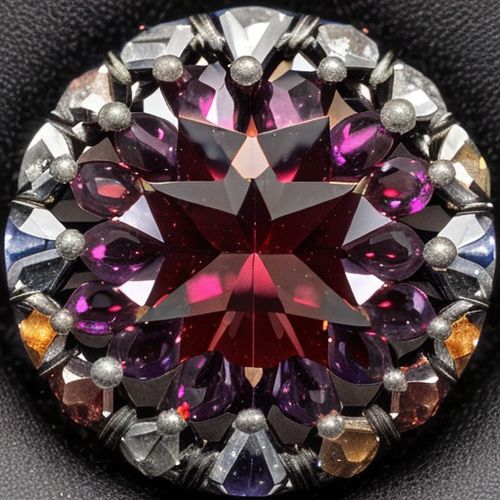
By Grace Cox/Apr 27, 2025

By Christopher Harris/Apr 27, 2025

By Thomas Roberts/Apr 27, 2025

By Joshua Howard/Apr 27, 2025
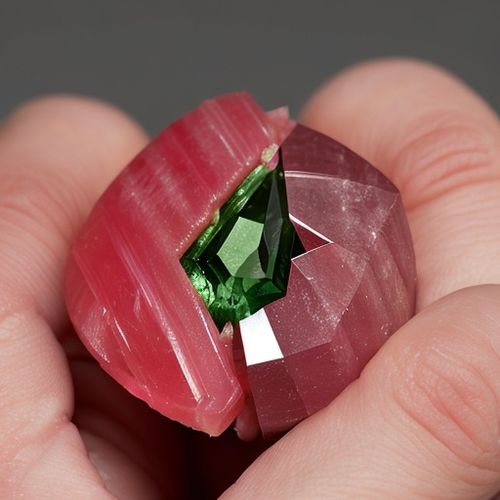
By George Bailey/Apr 27, 2025
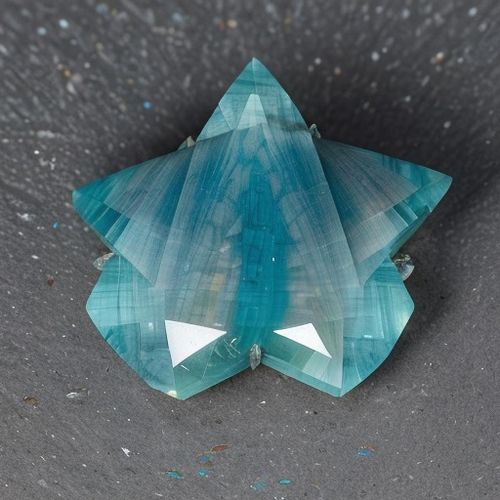
By Amanda Phillips/Apr 27, 2025
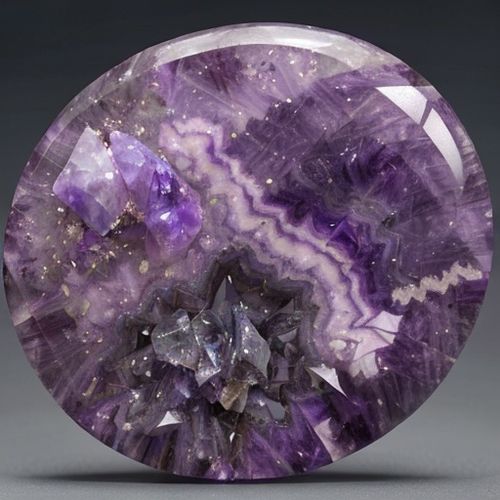
By Emily Johnson/Apr 27, 2025
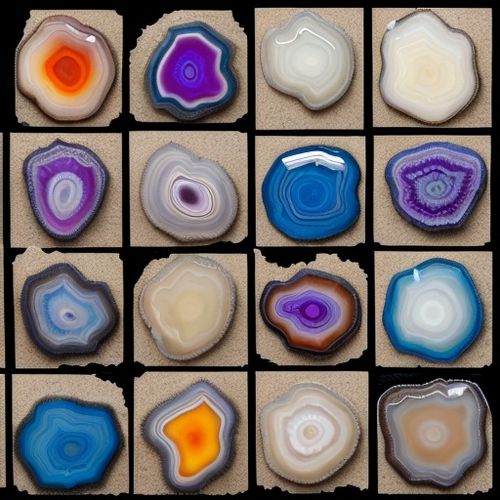
By Samuel Cooper/Apr 27, 2025
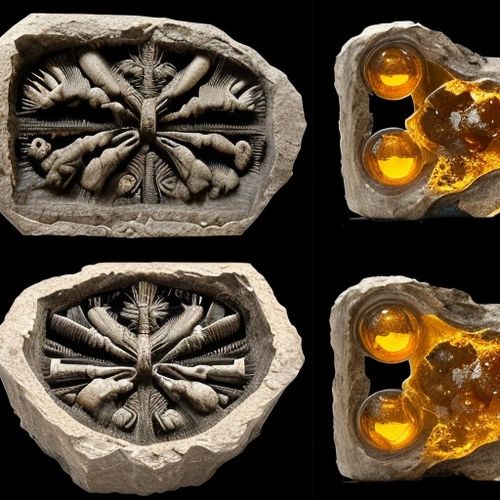
By Emma Thompson/Apr 27, 2025

By George Bailey/Apr 27, 2025
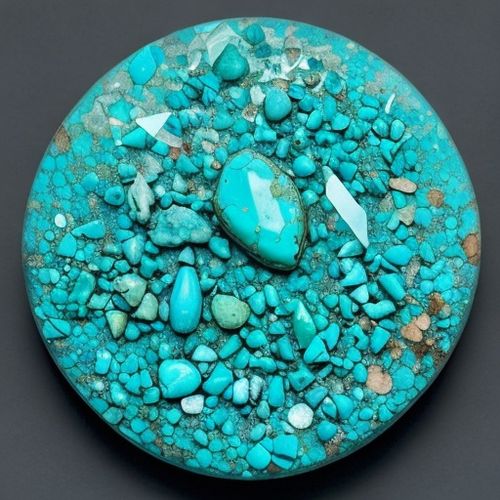
By Eric Ward/Apr 27, 2025
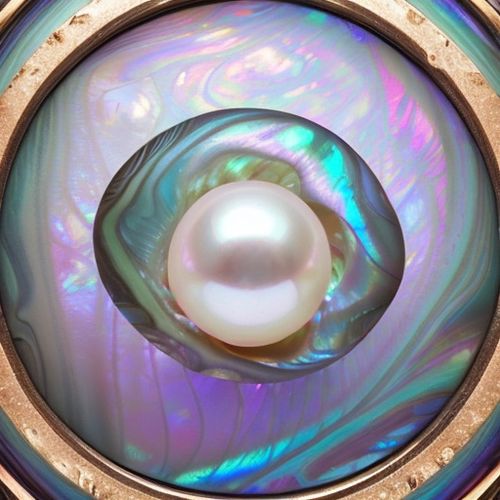
By Noah Bell/Apr 27, 2025
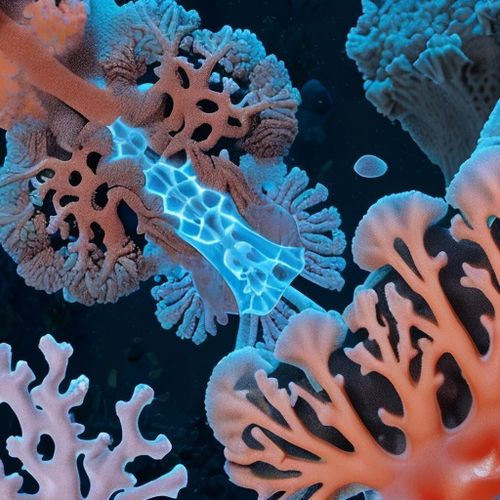
By Samuel Cooper/Apr 27, 2025
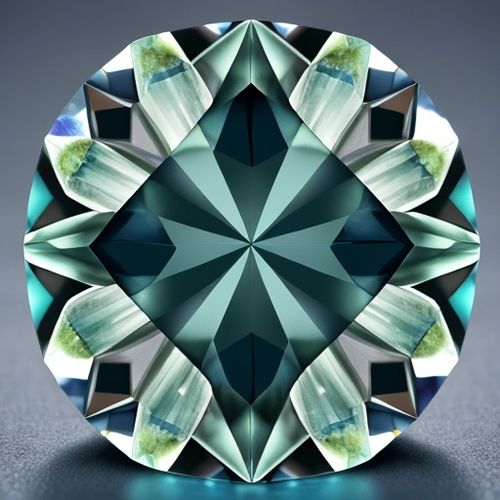
By Eric Ward/Apr 27, 2025
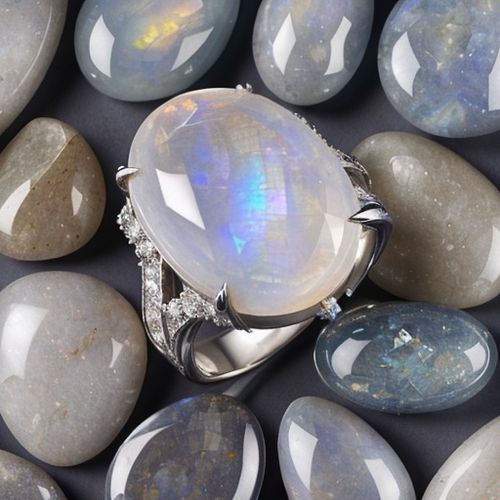
By George Bailey/Apr 27, 2025
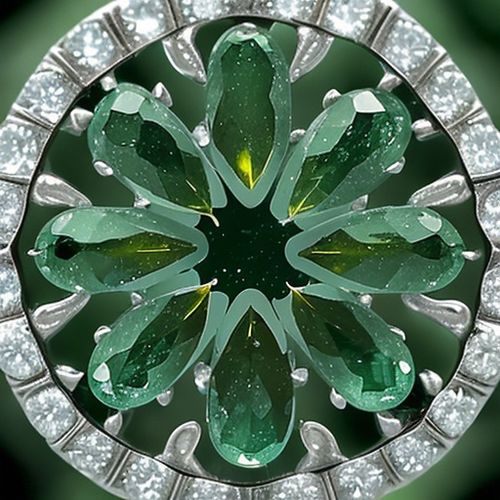
By Eric Ward/Apr 27, 2025
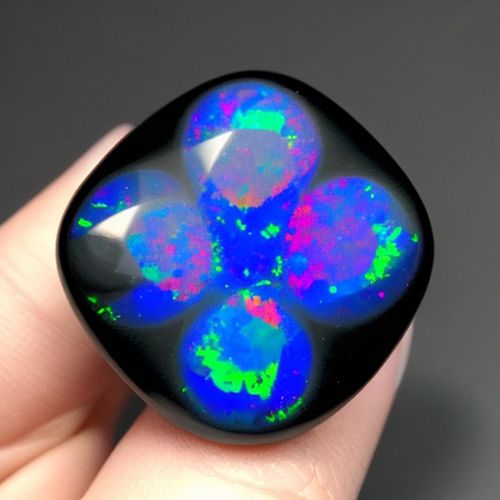
By David Anderson/Apr 27, 2025

By Lily Simpson/Apr 27, 2025

By Natalie Campbell/Apr 27, 2025
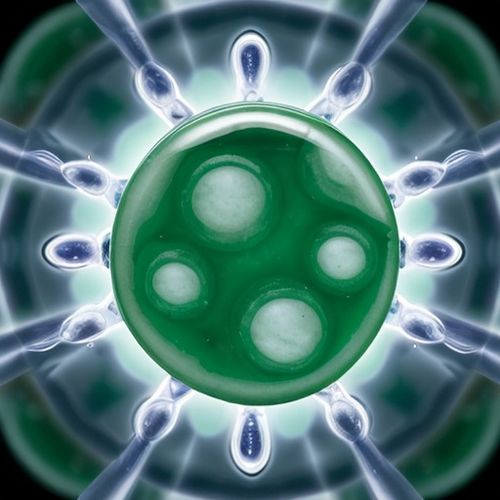
By William Miller/Apr 27, 2025